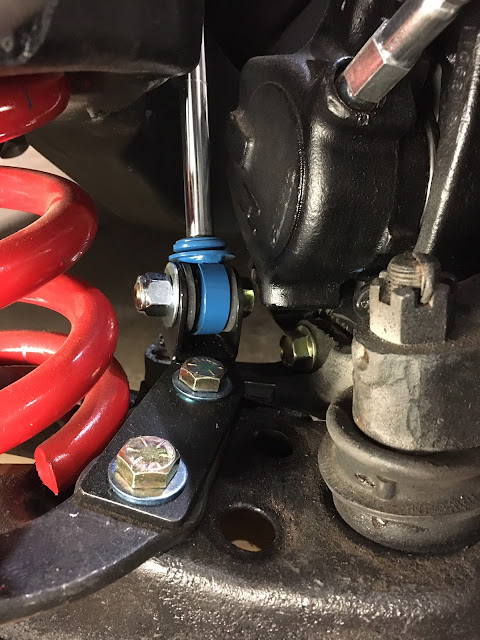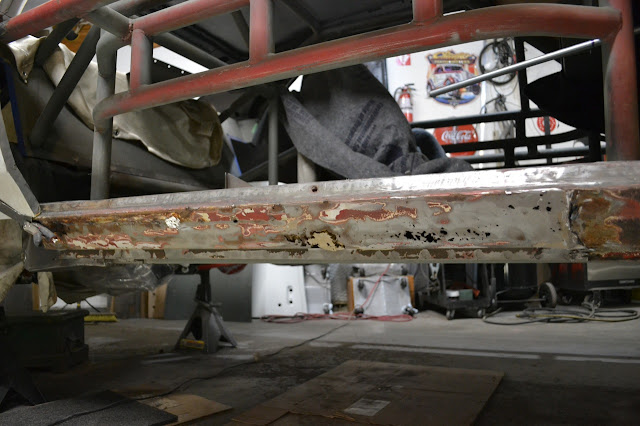The Builder
I have learned a lot during the process of building the Punky Manor Tribute Torino over the last 5 years or so. For about 45 years, I have been working on cars as a backyard, weekend mechanic, but I am not a professional by any means. I have spent the last 25 years or so working in Product Development as well the Prototyping industry. Somewhere along the line I did acquire a Bachelors Degree with a concentration in Industrial Design and also put in a couple of years of Mechanical Design at a Tech School.
My only other complete car project was the restoration of a 1969 Chevrolet Camaro that I bought from my Sister back in 1980. I did some of the fabrication on the car and had some help with the roll cage and frame updates. We did put a narrowed rear end and full wheel tubs in it. I did most of the body work and painted the car about 30 years ago.
On the Torino project I have had to completely learn some fairly complex fabrication techniques. The Frankland Quick Change Rear end was the first of those learning sessions. I bought a vintage Frankland that came out of a Sprint Car. The center section was offset to the left side quite a bit and there was no way to mount this rear end to the Torino's suspension.
I ended up going to the local Ford salvage yard where I picked up a 1972 Mercury Montego 9" Ford donor rear end. I had the rear end housing sandblasted and then welded a heavy duty metal jig in place so nothing would move when I cut the brackets off. I then had to carefully cut off the metal thickness of the old rear end tube in order for the brackets to fit over the new axle tubes. I located the factory brackets on the Frankland quick change tubes and then welded them in place. And finally, I cut the spot welds off the location jig and removed the fixture from the quick change.
After spending numerous hours repairing the rear end frame mounting locations on the Torino, I installed the Frankland quick change in the race car.
My next learning experience was installing a complete brake system. I had done some minor brake work when I built the Camaro, but the Torino needed a complete brake job. I bought a rear disc brake conversion kit for the Frankland quick change and installed that.
When I took ownership of the Torino, there was only a partial caliper set up on the driver side front wheel. The rear brakes were completely missing. There were some old brake lines still in place but they were either cut off or very rusty.
I ordered a new brake master cylinder and had to learn how to bench bleed that before I could install it in the car. Through some other research I figured out that Nickel Copper brake lines were the way to go. I ordered up a few brake line tools and a flaring tool kit. The first flaring tool was poorly made so I ordered a completely different style tool that worked much better.
After installing all the new brake components (front and rear), I used 1/8 inch wire to mock up the bends in each line. I then had to flare all the ends of the brake line.
Upon trying to bleed the rear brakes, I discovered that the proportioning valve that I bought was not working correctly, so I ordered and installed a better quality part.
The next challenge coming up is the drivetrain. During one of our engine test fitting sessions, we measured the length of the driveshaft. I went down to the local Ford salvage yard and found a "new" (1973 full-size Ford) driveshaft. The safety rules require that each race cars driveshaft must be painted white and have the number painted on it. I hand lettered the car number on both sides of the driveshaft using lettering enamel.
The bigger challenge is trying to get the transmission mounted to the engine and making it functional! I have covered this a bit in previous posts, but I am now at the point where I have to make it work.
I guess I could include a picture of my first attempt at setting up the transmission and hydraulic throwout bearing...































































